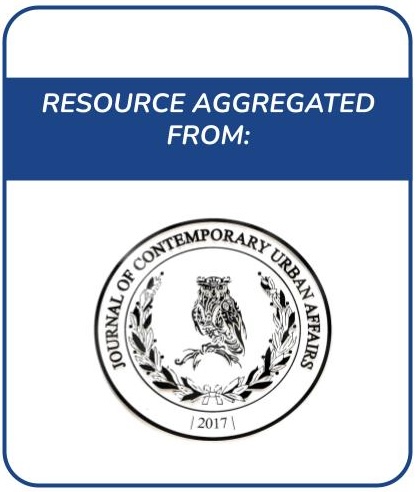Resource information
Afghanistan suffers from four decades of war caused a massive migration of the rural population to the cities Kabul was originally designed for 15 million people where now 5 million people live The importation of modern western styles housing for rapid reconstruction reveals apparent cultural conflict and significant environmental footprint The new constructive cultures for sustainable reconstruction should necessary consider the use of local materials combined with modern technologies Earthen architecture underlies the embodiment of Afghanistan architecture The aim of this research is to revisit traditional afghan earthen construction with the tools of industrial modernity Three soils of the Kabul region were first characterized Then sundried mud brick and compressive earth block with and without stabilization have been prepared and tested in the laboratory to develop the most suitable earth construction element which is cost effective and easily available compared to the imported modern products


